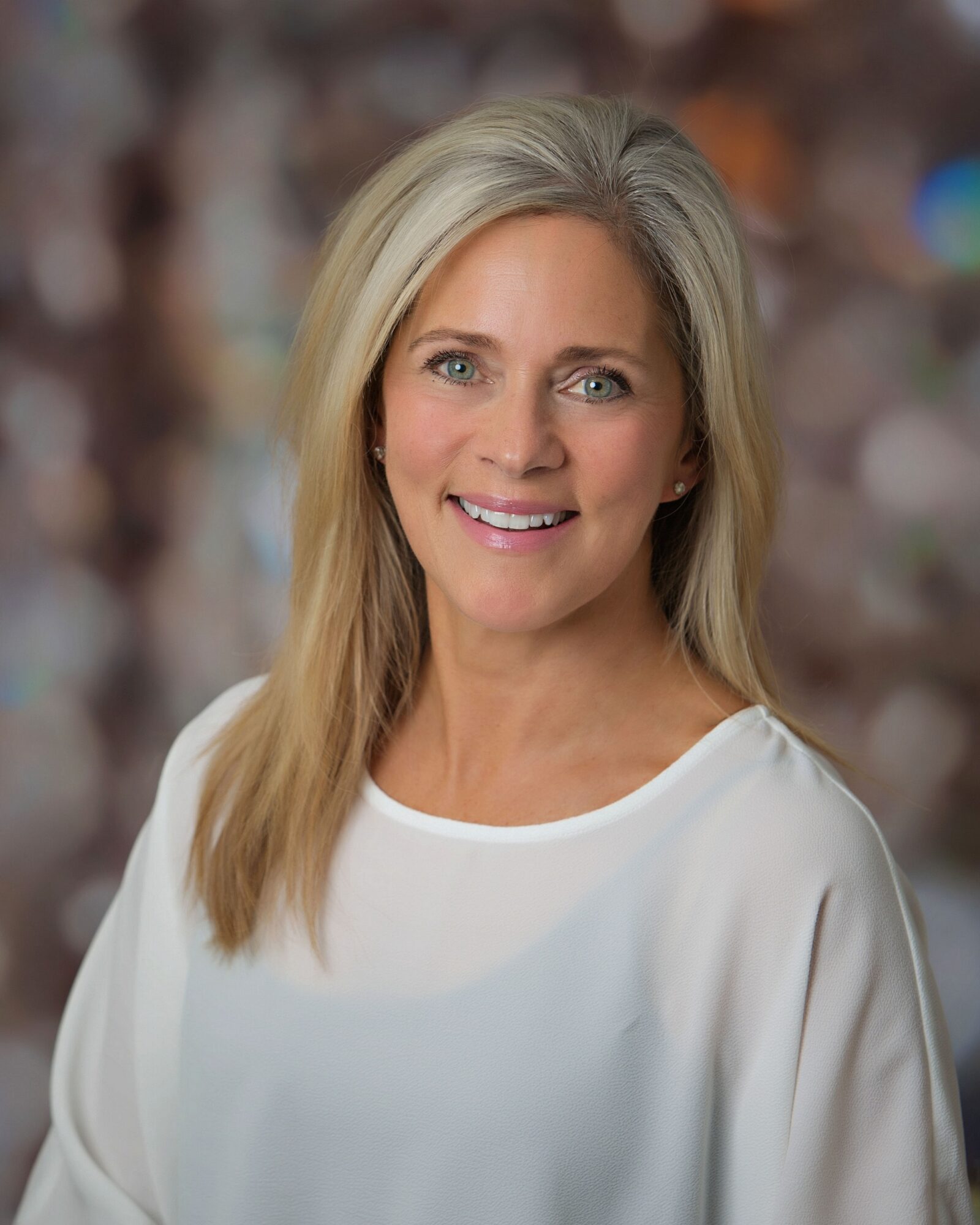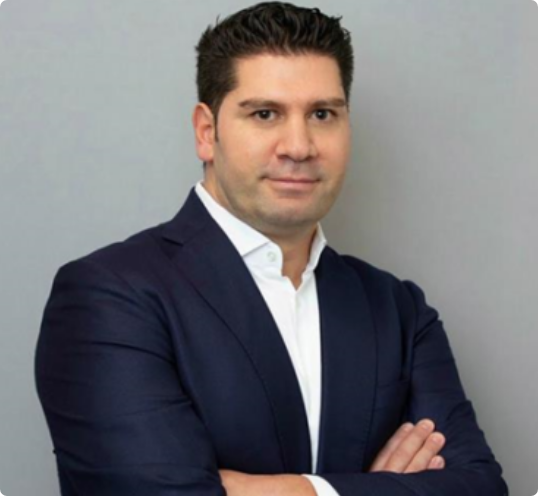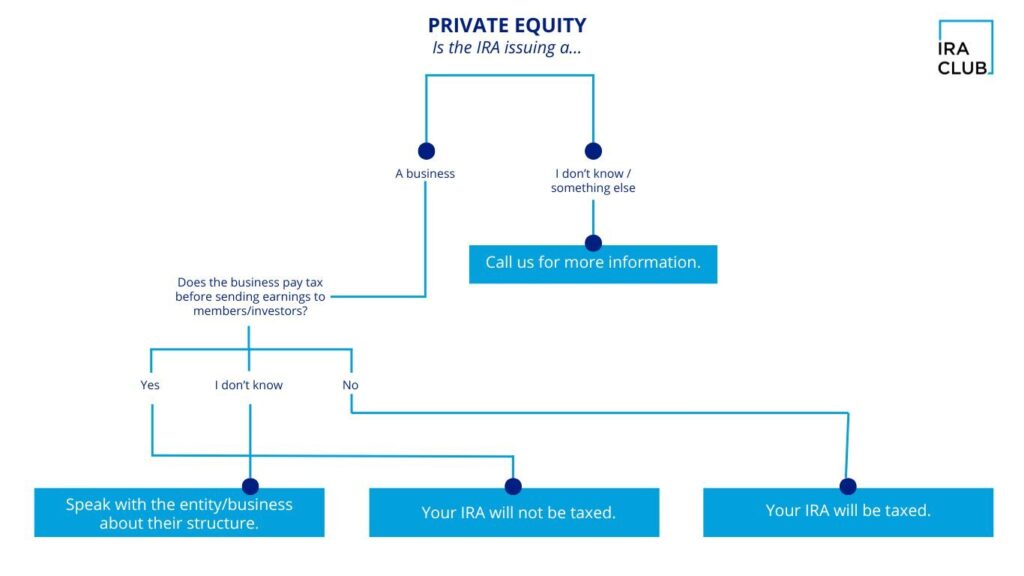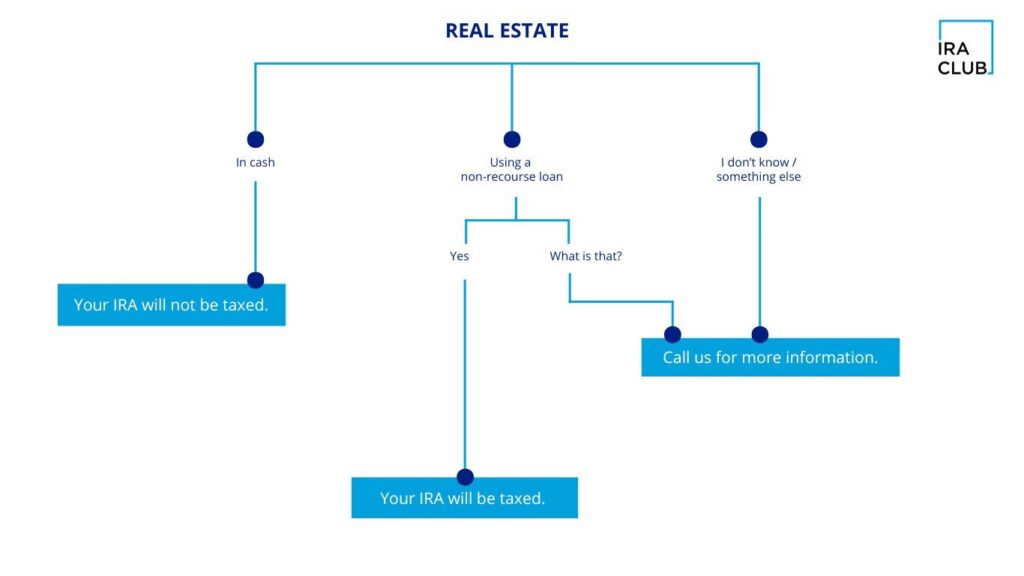Mobilizing Capital for Passive Income
June 10th, 2025 1:00 PM CT

Roberta Hudy
Ramez Fakhoury
Receive a comprehensive guide to Medical Receivable Finance for the Self-Directed IRA Investor, “Mobilizing Capital for Passive Income.”
June 10th, 2025 1:00 pm ct

Founded
In 2008

Members
Administered

1 Billion
in Assets

Full-Time
Dedicated Staff

White-Glove
Service
Here’s What You’ll Learn
1
What is Medical Receivable Financing?
2
How to invest in Medical Receivable Finance with your self-directed IRA.
3
Risks, protections, and due diligence for Medical Receivable Investments.
4
Next steps and resources for investing in Medical Receivables.
About PFD Capital Partners
Meet The Experts



PFD CAPITAL PARTNERS
Roberta Hudy Valentine
Roberta Hudy, founder of nvstIRA, provides education, marketing, and consulting services in the alternative investment space. nvstIRA works with wealthy investors, business owners and individuals starting out their self-directed investment journeys.
Trained and launched into the Self-Directed IRA industry with Equity Trust Company, (one of the Nation’s largest Self-Directed IRA Custodians with over 60 billion in assets under custody). She has worked as a National Speaker and Educator in the Self-Directed IRA industry for over 8 years, including deep experience with a boutique Self-Directed IRA service provider, iPlanGroup.
Seeing investors fall through the cracks between the Custodian, and the Investment Sponsor, nvstIRA services are designed to accelerate the educational process for investors considering alternative investments and filling the gap between the SDIRA Custodian and the Investment Sponsor. Roberta and PFD Capital Partners began educating investors in events starting in 2020 and now she educates PFD mutual clients and potential investors while raising capital.
Her experience includes a Communications and Marketing Degree from Bowling Green State University, small business ownership in the Construction and Remodeling Industry, Real Estate Investing and Rasing Capital with a focus on Accredited and Self-Directed IRA Investors. Roberta resides in Westlake, Ohio and frequents their family home in Naples, FL.

Vice President of IRA Club
Ramez Fakhoury
As an entrepreneur with a rich background spanning over two decades, Ramez is deeply commited to education and inspiring individuals, empowering them to venture beyond conventional paths and diversify their investments through the power of self-direction.
IRA Club Benefits

FDIC Insured
IRA/401(k) cash is FDIC insured

Flat Fee Structure
Flat fees and straightforward pricing

Free IRA Reports
Free annual IRA tax reporting
(RMDs, 1099-R, 5498, 5500 forms)

Investor's Row
Explore alternative investment opportunities

Concierge Service
Friendly, white-glove service

Educational Resources
Up-to-date educational resources on IRS regulations
Frequently Asked Questions
Here are the most common Self-Directed IRA questions. Have others?
Sign up for our webinar and ask us in person!
IRA Club provides a way for people like you to fully utilize the benefits of Self-Directed IRAs, leading to a wider range of investments and potential for better returns.
It’s an IRA that gives you more choices for where you want to invest your money, not just in regular stocks or bonds.
Self-Directed IRAs were passed by Congress back in 1974. Alternative IRA investments have always been allowed by the IRS, however, many IRA companies have placed artificial restrictions on IRA owners over the years. Self-Directed IRAs are not well known because most banks and brokerage firms prefer traditional investments.
It’s easy to make investments with a Self-Directed IRA. Once you find your investment and provide money to the seller, you will receive proof that your Self-Directed IRA is the new owner. It can be in the form of a Bill of Sale, title, deed, or simply a statement identifying your Self-Directed IRA as the asset’s new owner. The main difference is that the name on the title (or other documents) is the name of your Self-Directed IRA and not your name as an individual.
Maximum Contributions for 2025:
Under age 50 – $7,000.
Age 50 and over – $8,000


